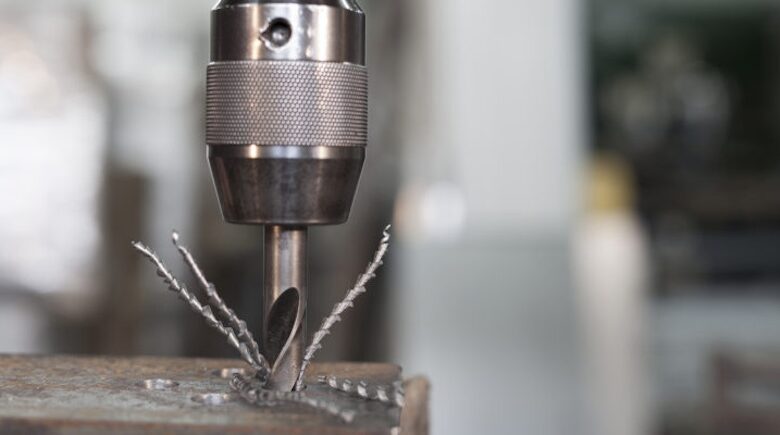Robotic drilling market projected to grow to more than $8 billion – Robotics & Automation News

The size of the robotic drilling market is expected to be worth $8,025.65 million in 2028, growing at a compound annual growth rate of 7.5 percent from 2021 to 2028, according to new research by Adroit Market Research.
Robotic drilling is the practice of performing drilling operations in a variety of sectors, such as manufacturing, construction, mining, oil and gas exploration, and more, using robotic systems and automation technologies.
Robotic drilling’s main objective is to increase drilling processes’ efficiency, precision, and safety while minimizing human involvement. Robotic drilling may be used for industrial tasks like making holes or forming components in sectors including electronics, aerospace, and automotive.
Robotic drilling in the construction industry can automate activities like drilling conduits, fasteners, or anchor holes in concrete, steel, or other building materials.
In mining operations, robotic drilling devices are used to drill blast holes, exploratory holes, and geotechnical holes. These robots are capable of working in dangerous or isolated locations where human employees would be at risk.
Robotic drilling rigs can be utilized for well drilling, completion, and maintenance tasks in the oil and gas sector. These devices can increase drilling speed and accuracy, which will boost productivity.
Robotic drilling is also employed in scientific exploration and study, such as when obtaining samples from ice sheets or rock formations for geological or environmental investigations.
Robotic drilling technology has been significantly influenced by the oil and gas industry. Robotics and automation have been used to increase safety, save operating costs, and improve drilling efficiency.
The need for robotic drilling systems has grown along w ith the popularity of unconventional drilling methods like shale drilling.
Exploration, drilling blast holes, and other uses of robotic drilling equipment are becoming more common in the mining sector. The mining industry’s emphasis on operational effectiveness and safety has aided in the adoption of robotic and automated drilling techniques.
Another prospective sector for robotic drilling expansion is the building industry. Drilling efficiency and speed may be increased by automation in construction tasks like laying foundations and installing infrastructure.
Additionally, robotic drilling is being used in manufacturing procedures to speed up production and enhance quality assurance. This cover uses in the production of electronics, automobiles, and aircraft.
In order to drill ice cores in polar regions or gather samples from harsh settings, robotic drilling is used in scientific research and exploration initiatives. The need for specialized robotic drilling devices might grow as research activities intensify.
Robotics technology developments, a greater focus on worker safety, the demand for improved productivity, and the availability of data-driven insights from robotic drilling operations are all factors driving the growth of the robotic drilling market.
With the incorporation of cutting-edge sensors, data analytics, machine learning, and autonomous navigation systems, robotic drilling technology has continued to progress. Robotic drilling operations are now more precise, effective, and safe thanks to these developments.
The industrial and construction industries are now using robotic drilling. Robotic devices are utilized in construction to drill accurate holes and lay foundations.
The smoother oil extraction process made possible by robotic drilling has increased demand for robotic drilling systems, which is anticipated to propel the growth of the global robotic drilling market over the forecast period.
Additional benefits of robotic drillings include shorter cycle times, higher quality, improved floor space utilization, and less waste, all of which are predicted to propel the worldwide market’s expansion throughout the projected time frame.
Robots are used in manufacturing for a variety of industrial tasks, such as drilling customized holes. Drilling into ice cores for climate studies or gathering samples from harsh settings for geological research are just two examples of how robotic drilling has been vital to scientific exploration and research.
With continued research and development efforts, the area of robotic drilling continues to advance. Robotic drilling systems are anticipated to become increasingly advanced, adaptable, and incorporated into a variety of businesses as robotics technology develops.
Currently, it is predicted that North America will dominate the global robotic drilling industry for the foreseeable future. This is due to the region’s expanding oil and natural gas production operations as well as its speedier uptake of cutting-edge technology.
The US market in the area of North America is concentrated on the development of shale gas resources to boost the production of oil and gas, which is likely to fuel demand for robotic drilling and lead to the growth of the regional market during the projection period.



